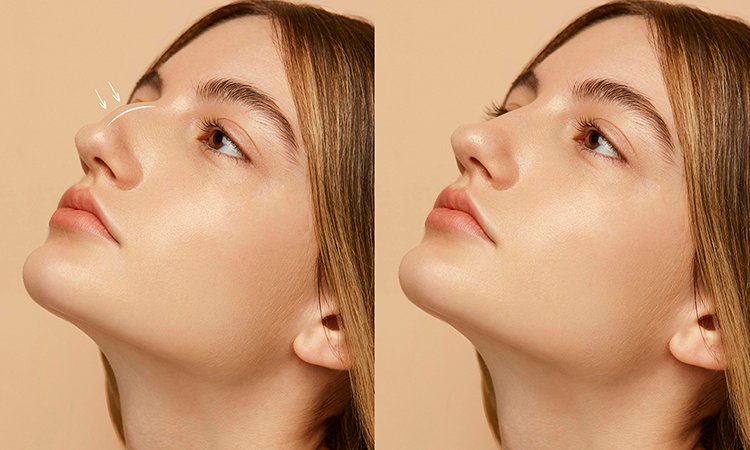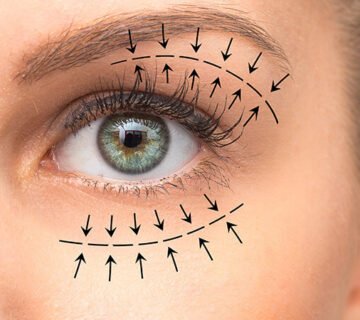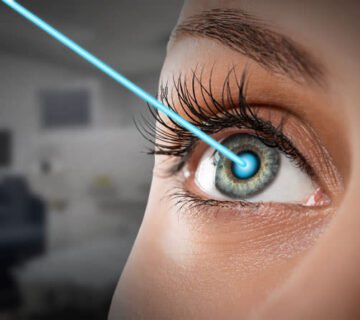The prevailing idea in our societies about rhinoplasty is a very short one. What is common about it is nose reduction operations, which are often treated as a luxury, and it is only one of the simplest types of these operations, while some types of rhinoplasty may be a therapeutic necessity in sometimes
WHAT IS RHINOPLASTY?
Rhinoplasty, the process of altering the shape and structure of the nose
It is done for a primarily cosmetic purpose, which is to increase harmony and consistency between the nose and the rest of the facial features, but it is often performed for the purpose of treating breathing problems and disorders and nasal obstruction resulting from deformities or defects in the structure of the nose, and due to exposure to some accidents.
TYPES OF RHINOPLASTY
- Nose reduction surgery may include specific areas such as the bunion, bridge of the nose or the width of the nose.
- Nose augmentation surgery: This type of surgery is often curative, and may be the result of a deformity or incomplete growth of the nose, or after the surgical removal of part of the nose.
- Ethnic plastic surgeries: which are spread in certain races, characterized by the shapes and edges of the nose, such as the peoples of the Middle East or the peoples of the Mediterranean regions.
- Plastic surgery as a result of accidents: It takes place within a period of one week to ten days after an accident that caused the destruction of some of the nasal bones and cartilage
RHINOPLASTY STAGES
- Anesthesia The anesthesia may be total or partial anesthesia or local anesthesia according to what the doctor deems appropriate. The process begins, which may be through an incision in the nose or without the use of this incision.
- Nose reshaping By removing some cartilage and bone, some cartilage transplantation may sometimes be required.
- Correcting the shape of the nasal septum If it is deviated, then the surgical incision is closed if it is used and a splint is installed for the nose, then the recovery phase begins
BEFORE RHINOPLASTY
- Three weeks before the operation, the patient must undergo some laboratory tests as well as an electrocardiogram.
- The patient should refrain from taking any medications that may cause blood flow two weeks before the operation, and among these medications are some analgesics such as aspirin and drugs that contain ibuprofen.
- The patient must stop smoking or taking nicotine. He should also refrain from taking vitamin E and start taking daily vitamin C in quantities of at least 1,000-mg per day.
- Refrain from consuming alcoholic beverages in the period before and after the surgery.
- If you will be under general anesthesia in the surgery, you must refrain from eating any food or drinks for at least 8 hours before the operation.
POST OPERATION
- The patient is able to leave the hospital the next day after rhinoplasty, and sometimes the same day.
- It is imperative to adhere to the doctor’s instructions after the surgery to ensure a healthy and speedy recovery.
- After the operation, the nose shape begins to gradually change with the disappearance of swelling
- Commit to the treatment and avoid exposure to sunlight as much as possible
- The nose reaches its final shape in two to 12 weeks
- After rhinoplasty, the patient adheres to the same instructions that are adhered to after all surgeries. He must not eat food until confirming the bowel movement, and try to move at home as much as possible to avoid clots.
- tough exercise should be avoided for at least three weeks after the operation
- The nasal splint must also be kept dry in the week following the operation until it is removed, and should not be exposed to direct sunlight in the weeks following the operation until the recovery is complete.






No comment